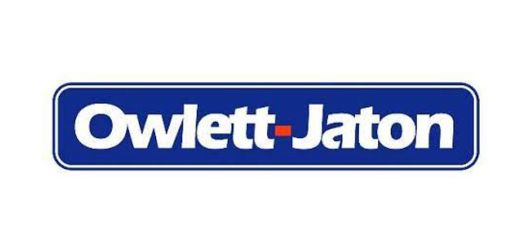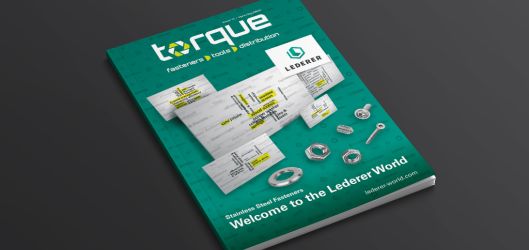
Each printed issue of Torque Magazine gets the input of a top industry executive in the Guest Editor role. Torque Magazine’s November-December 2021 issue had Ian Doherty, Chief Executive of Owlett-Jaton, take on the role, where he discussed the challenges and resilience of the fastener and fixing supply chain...
The Covid pandemic has had a dramatic impact on individuals, businesses and supply chains across the world. For those of us in the UK, or dealing with the UK, there have been the added issues created by Brexit. With much of the product sold in Europe being sourced from the Far East, the supply chain impacts have been acutely felt across the world of fasteners and fixings.
Not only have we had to cope with lockdowns and other restrictions on our personal lives and businesses at home, the multiple impacts on our supply chains have created shortages and cost price increases that few of us would have predicted when we first heard of “a new strain of flu” in Wuhan.
We have seen erratic demand patterns as businesses and whole economies shut and re-opened. Factories across the world were closed due to lockdowns and have struggled with Covid related labour shortages leading to reduced capacity and dramatically lengthening lead times.

The issues in the global shipping market have received widespread press coverage. Port delays have affected turnaround times and overall capacity on routes out of Asia. Container availability has been an issue, leading to much higher costs and further lengthening lead times. Smaller players have struggled to get any shipping space at all, leading to shifting demand patterns as small importers turn to wholesalers for supply.
We have all been managing these challenges, and whilst there have undoubtedly been shortages and problems, on the whole, it seems to me the industry has coped quite well. Many of the issues are ongoing, particularly the shipping challenges, long lead times and reduced manufacturing capacity in the Far East. It would therefore seem we face an extended period of firefighting the disruption and maintaining the best supply possible.
However, it is perhaps the right time to step back from the immediate day-to-day challenges and consider the bigger picture of the resilience of the extended Far East supply chain. Historically, holding substantial stock has allowed supply and demand variation to be accounted for and smooth supply to be maintained, but the extended challenges in shipping and production produced by Covid have pushed many stockholdings down to a point where substantial out of stocks are occurring.
Near sourcing has been touted as the answer to global supply chain disruption, but product from these factories, which also were affected by Covid, is generally more expensive and would not have avoided disruption. So it seems to me that we are back to stockholding as the buffer against disruption. I am sure many businesses will be looking to increase their safety stock levels to try and guarantee availability. However, I suspect that once the pandemic has subsided, the short term drive for lowest cost will once again be the primary driver, and the issue of strategic supply chain reliance will fade from view... until the next pandemic!
Ian Doherty
Chief Executive
Owlett-Jaton
You can read the full issue online.



